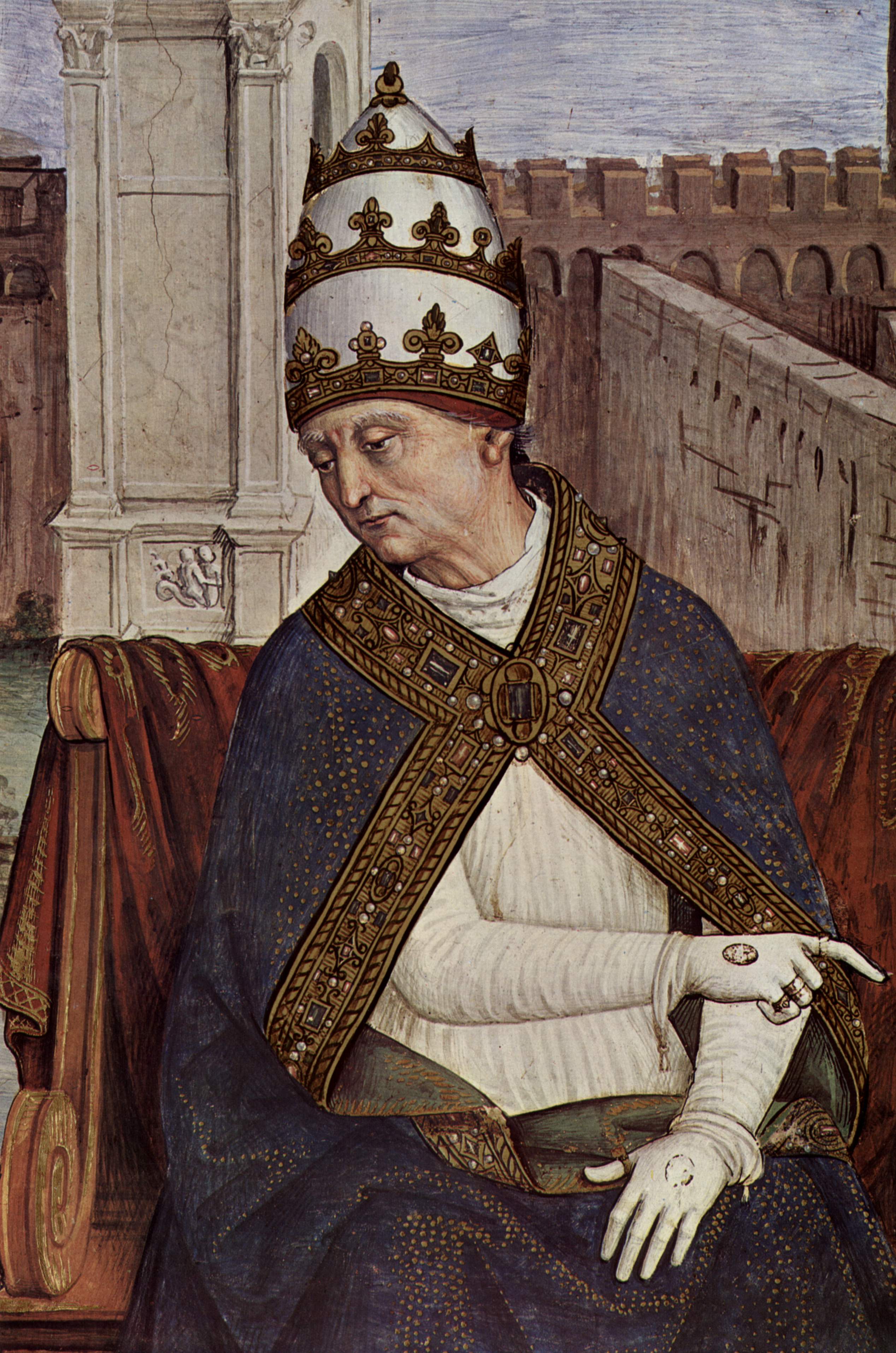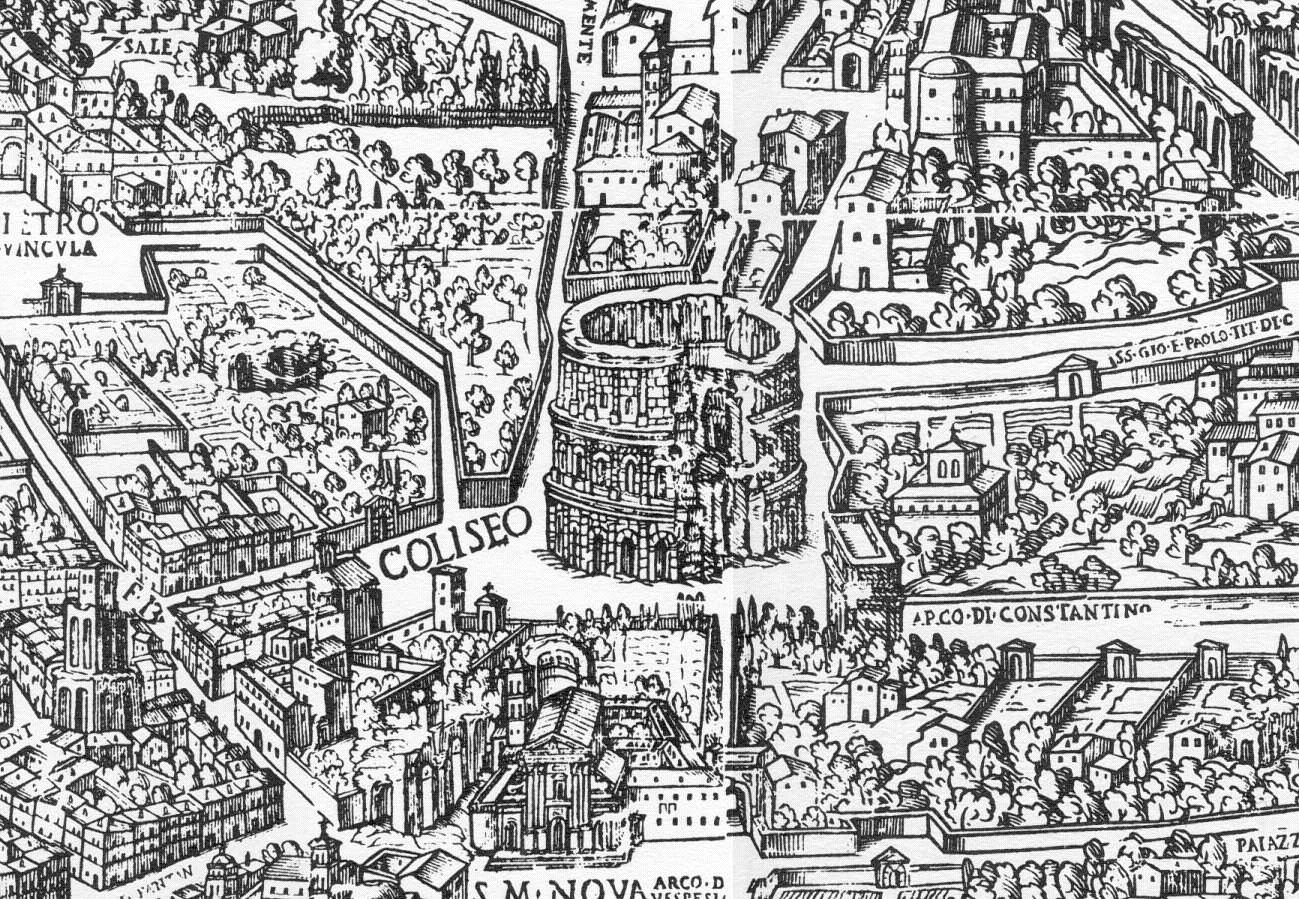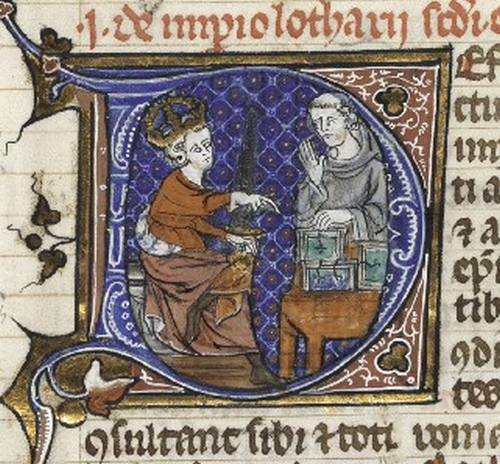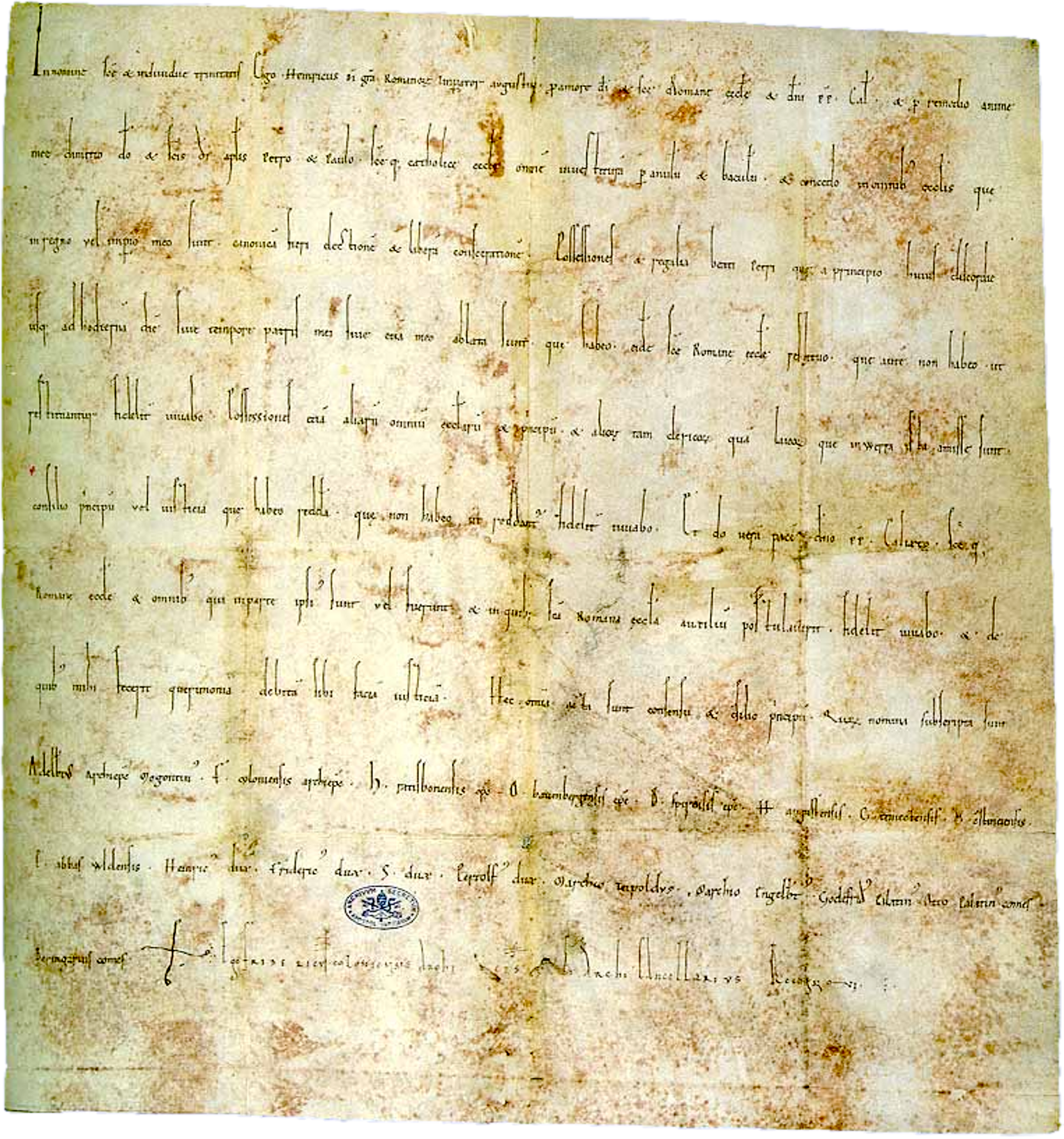|
Archbishop Of Pisa
The Archdiocese of Pisa () is a Latin Church metropolitan see of the Catholic Church in Pisa, Italy."Archdiocese of Pisa" '' Catholic-Hierarchy.org''. David M. Cheney. Retrieved November 19, 2017."Metropolitan Archdiocese of Pisa" ''GCatholic.org''. Gabriel Chow. Retrieved November 19, 2017. It was founded in the 4th century and elevated to the dignity of an archdiocese on 21 April 1092 by [...More Info...] [...Related Items...] OR: [Wikipedia] [Google] [Baidu] |
Pisa Cathedral
Pisa Cathedral (), officially the Primatial Metropolitan Cathedral of the Assumption of Mary (), is a medieval Catholic cathedral dedicated to the Assumption of the Virgin Mary, in the Piazza dei Miracoli in Pisa, Italy, the oldest of the three structures in the plaza followed by the Pisa Baptistry and the Campanile known as the Leaning Tower of Pisa. The cathedral is a notable example of Romanesque architecture, in particular the style known as Pisan Romanesque. Consecrated in 1118, it is the seat of the Archbishop of Pisa. Construction began in 1064 and was completed in 1092. Additional enlargements and a new façade were built in the 12th century and the roof was replaced after damage from a fire in 1595. History Construction on the cathedral began in 1064 by the architect Buscheto, and expenses were paid using the spoils received fighting against the Muslims in Sicily in 1064. It includes various stylistic elements: classical, Lombard-Emilian, Byzantine, and Islamic, dr ... [...More Info...] [...Related Items...] OR: [Wikipedia] [Google] [Baidu] |
Pope Gregory VII
Pope Gregory VII (; 1015 – 25 May 1085), born Hildebrand of Sovana (), was head of the Catholic Church and ruler of the Papal States from 22 April 1073 to his death in 1085. He is venerated as a saint in the Catholic Church. One of the great reforming popes, he initiated the Gregorian Reform, and is perhaps best known for the part he played in the Investiture Controversy, his dispute with Emperor Henry IV to establish the primacy of papal authority and the new canon law governing the election of the pope by the College of Cardinals. He was also at the forefront of developments in the relationship between the emperor and the papacy during the years before he became pope. He was the first pope to introduce a policy of obligatory celibacy for the clergy, which had until then commonly married, and also attacked the practice of simony. During the power struggles between the papacy and the Holy Roman Empire, Empire, Gregory excommunicated Henry IV three times, and Henry appointed An ... [...More Info...] [...Related Items...] OR: [Wikipedia] [Google] [Baidu] |
Antipope Anacletus II
Anacletus II (died January 25, 1138), born Pietro Pierleoni, was an antipope who ruled in opposition to Pope Innocent II from 1130 until his death in 1138. After the death of Pope Honorius II, the college of Cardinal (Catholic Church), cardinals was divided over his successor. Unusually, the election was entrusted to eight cardinals, who elected Gregorio Papareschi as Pope Innocent II, Innocent II. A larger body of cardinals then elected Pierleoni, which led to a major Schism in Christianity, schism in the Catholic Church, Roman Catholic Church. Anacletus had the support of most Romans, including the Frangipani family, and Innocent was forced to flee to France. North of the Alps, Innocent gained the crucial support of the major religious orders, in particular Bernard of Clairvaux's Cistercians, the Abbot of Cluny Abbey, Cluny Peter the Venerable; and Norbert of Xanten, the Archbishopric of Magdeburg, Archbishop of Magdeburg who established the Premonstratensians and held a high ra ... [...More Info...] [...Related Items...] OR: [Wikipedia] [Google] [Baidu] |
Suffragan
A suffragan bishop is a type of bishop in some Christian denominations. In the Catholic Church, a suffragan bishop leads a diocese within an ecclesiastical province other than the principal diocese, the metropolitan archdiocese; the diocese led by the suffragan is called a suffragan diocese. In the Anglican Communion, a suffragan bishop is a bishop who is subordinate to a metropolitan bishop or diocesan bishop (bishop ordinary) and so is not normally jurisdictional in their role. Suffragan bishops may be charged by a metropolitan to oversee a suffragan diocese and may be assigned to areas which do not have a cathedral. Catholic Church In the Catholic Church, a suffragan is a bishop who heads a diocese. His suffragan diocese, however, is part of a larger ecclesiastical province, nominally led by a metropolitan archbishop. The distinction between metropolitans and suffragans is of limited practical importance. Both are diocesan bishops possessing ordinary jurisdiction o ... [...More Info...] [...Related Items...] OR: [Wikipedia] [Google] [Baidu] |
Pope Pius II
Pope Pius II (, ), born Enea Silvio Bartolomeo Piccolomini (; 18 October 1405 – 14 August 1464), was head of the Catholic Church and ruler of the Papal States from 19 August 1458 to his death in 1464. Aeneas Silvius was an author, diplomat, and orator, and private secretary of Antipope Felix V and then the Emperor Frederick III, and then Pope Eugenius IV. He participated in the Council of Basel, but left it in 1443 to follow Frederick, whom he reconciled to the Roman obedience. He became Bishop of Trieste in 1447, Bishop of Siena in 1450, and a cardinal in 1456. He was a Renaissance humanist with an international reputation. Aeneas Silvius' longest and most enduring work is the story of his life, the ''Commentaries'', which was the first autobiography of a pope to have been published. It appeared posthumously, in 1584, 120 years after his death. Early life Aeneas was born in Corsignano in Sienese territory of a noble but impoverished family. His father Silvio was a s ... [...More Info...] [...Related Items...] OR: [Wikipedia] [Google] [Baidu] |
Sardinia
Sardinia ( ; ; ) is the Mediterranean islands#By area, second-largest island in the Mediterranean Sea, after Sicily, and one of the Regions of Italy, twenty regions of Italy. It is located west of the Italian Peninsula, north of Tunisia and 16.45 km south of the French island of Corsica. It has over 1.5 million inhabitants as of 2025. It is one of the five Italian regions with some degree of Autonomous administrative division, domestic autonomy being granted by a Regions of Italy#Autonomous regions with special statute, special statute. Its official name, Autonomous Region of Sardinia, is bilingual in Italian language, Italian and Sardinian language, Sardinian: / . It is divided into four provinces of Italy, provinces and a Metropolitan cities of Italy, metropolitan city. Its capital (and largest city) is Cagliari. Sardinia's indigenous language and Algherese dialect, Algherese Catalan language, Catalan are referred to by both the regional and national law as two of ... [...More Info...] [...Related Items...] OR: [Wikipedia] [Google] [Baidu] |
Giudicati
The Judicates (, or in Sardinian, in Latin, or in Italian), in English also referred to as Sardinian Kingdoms, Sardinian Judgedoms or Judicatures, were independent states that took power in Sardinia in the Middle Ages, between the eleventh and fifteenth centuries. They were sovereign states with '' summa potestas'', each with a ruler called judge ( in Sardinian), with the powers of a king. Historical causes of the advent of the kingdoms After a relatively brief Vandal occupation (456–534), Sardinia was a province of the Byzantine Empire from 535 until the eighth century. After 705, with the rapid Arab expansion, Saracen pirates from North Africa began to raid the island and encountered no effective opposition by the Byzantine army. In 815, Sardinian ambassadors requested military assistance from the Carolingian Emperor Louis the Pious. In 807, 810–812, and 821–822 the Arabs of Spain and North Africa tried to invade the island but the Sardinians resisted se ... [...More Info...] [...Related Items...] OR: [Wikipedia] [Google] [Baidu] |
Suzerain
A suzerain (, from Old French "above" + "supreme, chief") is a person, state (polity)">state or polity who has supremacy and dominant influence over the foreign policy and economic relations of another subordinate party or polity, but allows internal autonomy to that subordinate. Where the subordinate polity is called a vassal, vassal state or tributary state, the dominant party is called the suzerain. The rights and obligations of a vassal are called ''vassalage'', and the rights and obligations of a suzerain are called suzerainty. Suzerainty differs from sovereignty in that the dominant power does not exercise centralized governance over the vassals, allowing tributary states to be technically self-ruling but enjoy only limited independence. Although the situation has existed in a number of historical empires, it is considered difficult to reconcile with 20th- or 21st-century concepts of international law, in which sovereignty is a binary concept, which either exists or does ... [...More Info...] [...Related Items...] OR: [Wikipedia] [Google] [Baidu] |
Honorius II
Pope Honorius II (9 February 1060 – 13 February 1130), born Lamberto Scannabecchi,Levillain, pg. 731 was head of the Catholic Church and ruler of the Papal States from 21 December 1124 to his death in 1130. Although from a humble background, his obvious intellect and outstanding abilities saw him promoted up through the ecclesiastical hierarchy. Attached to the Frangipani family of Rome, his election as pope was contested by a rival candidate, Celestine II, and force was used to guarantee his election. Honorius's pontificate was concerned with ensuring that the privileges the Roman Catholic Church had obtained through the Concordat of Worms were preserved and, if possible, extended. He was the first pope to confirm the election of the Holy Roman emperor. Distrustful of the traditional Benedictine order, he favoured new monastic orders, such as the Augustinians and the Cistercians, and sought to exercise more control over the larger monastic centres of Monte Cassino and Cluny ... [...More Info...] [...Related Items...] OR: [Wikipedia] [Google] [Baidu] |
Henry V, Holy Roman Emperor
Henry V (; probably 11 August 1081 or 1086 – 23 May 1125) was King of Germany (from 1099 to 1125) and Holy Roman Emperor (from 1111 to 1125), as the fourth and last ruler of the Salian dynasty. He was made co-ruler by his father, Henry IV, in 1098. In Emperor Henry IV's conflicts with the imperial princes and the struggle against the reform papacy during the Investiture Controversy, young Henry V allied himself with the opponents of his father. He forced Henry IV to abdicate on 31 December 1105 and ruled for five years in compliance with the imperial princes. He tried, unsuccessfully, to withdraw the regalia from the bishops. Then in order to at least preserve the previous right to invest, he captured Pope Paschal II and forced him to perform his imperial coronation in 1111. Once crowned emperor, Henry departed from joint rule with the princes and resorted to earlier Salian autocratic rule. After he had failed to increase control over the church, the princes in Saxony and o ... [...More Info...] [...Related Items...] OR: [Wikipedia] [Google] [Baidu] |
Concordat Of Worms
The Concordat of Worms (; ), also referred to as the ''Pactum Callixtinum'' or ''Pactum Calixtinum'', was an agreement between the Catholic Church and the Holy Roman Empire which regulated the procedure for the appointment of bishops and abbots in the Empire. Signed on 23 September 1122 in the German city of Worms by Pope Callixtus II and Emperor Henry V, the agreement set an end to the Investiture Controversy, a conflict between state and church over the right to appoint religious office holders that had begun in the middle of the 11th century. By signing the concordat, Henry renounced his right to invest bishops and abbots with ring and crosier, and opened ecclesiastical appointments in his realm to canonical elections. Callixtus, in turn, agreed to the presence of the emperor or his officials at the elections and granted the emperor the right to intervene in the case of disputed outcomes. The emperor was also allowed to perform a separate ceremony in which he would invest bi ... [...More Info...] [...Related Items...] OR: [Wikipedia] [Google] [Baidu] |
First Lateran Council
The First Council of the Lateran was the 9th ecumenical council recognised by the Catholic Church. The first ecumenical council to be held in Western Europe and the first since the Great Schism of 1054, it was convoked by Pope Callixtus II in December 1122, immediately after the Concordat of Worms. The council sought to bring an end to the practice of the conferring of ecclesiastical benefices by people who were laymen, free the election of bishops and abbots from secular influence, clarify the separation of spiritual and temporal affairs, re-establish the principle that spiritual authority resides solely in the Church and abolish the claim of the Holy Roman Emperor to influence papal elections. The council was significant in size: 300 bishops and more than 600 abbots assembled at Rome's Lateran Palace in March 1123, and Callixtus II presided in person. During the council, the decisions of the Concordat of Worms were read and ratified. Various other decisions were promulgate ... [...More Info...] [...Related Items...] OR: [Wikipedia] [Google] [Baidu] |




